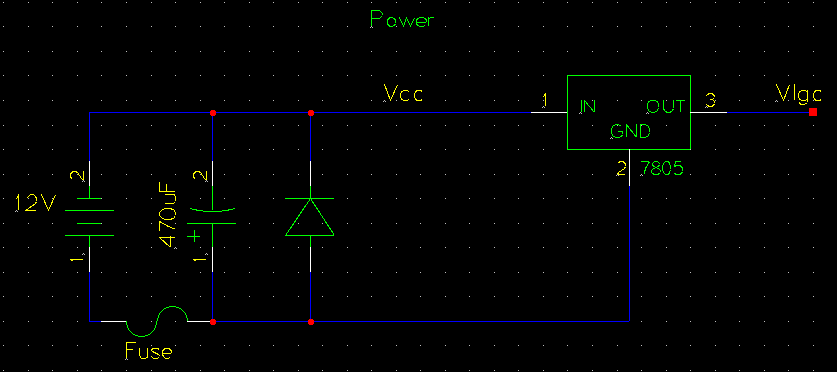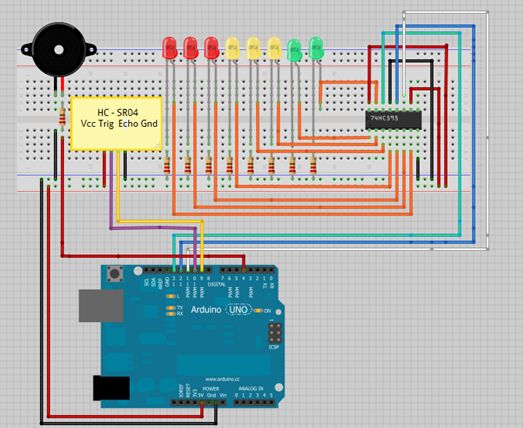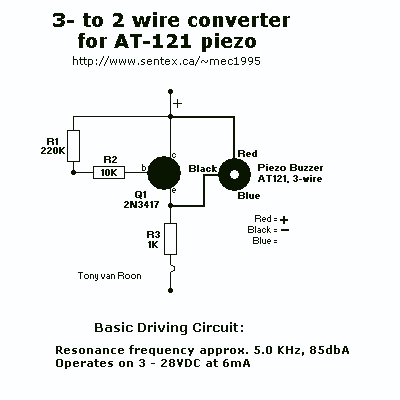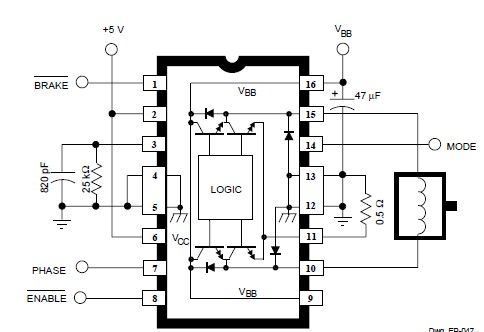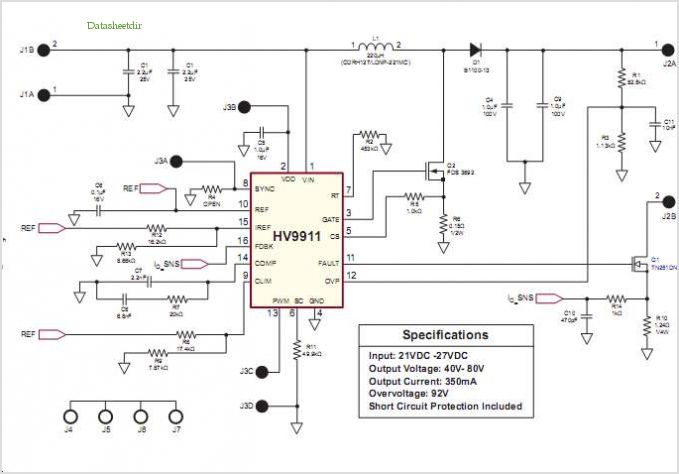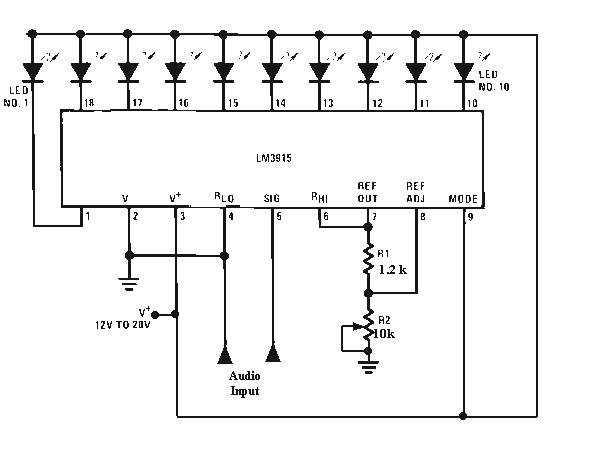
Protect LED Driver in Backlit Displays
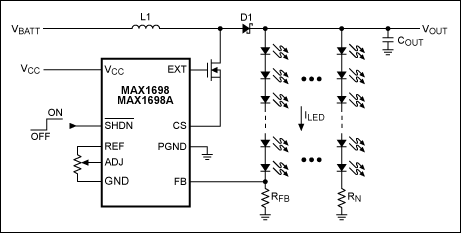
A small comparator (MAX9060/MAX9061 or MAX9028) safeguards the LED driver in a backlit display when the LEDs are disconnected, by producing a shutdown signal that eliminates the LED voltage.
The MAX9060/MAX9061 and MAX9028 are high-speed voltage comparators designed for applications such as LED driver protection in backlit displays. These comparators operate with low supply voltages and are capable of providing rapid response times, which are essential for minimizing power consumption and enhancing the reliability of the LED driver circuit.
In a typical application, when the LEDs are disconnected from the circuit, the voltage across the LED driver may increase to potentially damaging levels. The comparator continuously monitors the voltage at the output of the LED driver. Upon detecting a voltage that exceeds a predefined threshold, the comparator generates a shutdown signal. This signal is then used to deactivate the LED driver, effectively removing the LED voltage and protecting the driver from damage due to overvoltage conditions.
The MAX9060/MAX9061 features a single comparator, while the MAX9028 is available in a dual comparator configuration, allowing flexibility depending on the design requirements. These devices can operate from a supply voltage as low as 2.7V, making them suitable for battery-operated applications. Additionally, they offer a fast response time, typically in the nanosecond range, which is crucial for applications where rapid changes in voltage levels occur.
The integration of these comparators into the LED driver circuit enhances the overall robustness of the backlit display system, ensuring that the components remain within safe operating limits during unexpected conditions such as LED disconnection. Proper selection and implementation of the MAX9060/MAX9061 or MAX9028 can significantly improve the durability and performance of LED driver circuits in various electronic devices.A tiny comparator (MAX9060/MAX9061 or MAX9028) protects the LED driver in a backlit display when you disconnect the LEDs, by generating a shutdown signal that removes the LED voltage.. 🔗 External reference
The MAX9060/MAX9061 and MAX9028 are high-speed voltage comparators designed for applications such as LED driver protection in backlit displays. These comparators operate with low supply voltages and are capable of providing rapid response times, which are essential for minimizing power consumption and enhancing the reliability of the LED driver circuit.
In a typical application, when the LEDs are disconnected from the circuit, the voltage across the LED driver may increase to potentially damaging levels. The comparator continuously monitors the voltage at the output of the LED driver. Upon detecting a voltage that exceeds a predefined threshold, the comparator generates a shutdown signal. This signal is then used to deactivate the LED driver, effectively removing the LED voltage and protecting the driver from damage due to overvoltage conditions.
The MAX9060/MAX9061 features a single comparator, while the MAX9028 is available in a dual comparator configuration, allowing flexibility depending on the design requirements. These devices can operate from a supply voltage as low as 2.7V, making them suitable for battery-operated applications. Additionally, they offer a fast response time, typically in the nanosecond range, which is crucial for applications where rapid changes in voltage levels occur.
The integration of these comparators into the LED driver circuit enhances the overall robustness of the backlit display system, ensuring that the components remain within safe operating limits during unexpected conditions such as LED disconnection. Proper selection and implementation of the MAX9060/MAX9061 or MAX9028 can significantly improve the durability and performance of LED driver circuits in various electronic devices.A tiny comparator (MAX9060/MAX9061 or MAX9028) protects the LED driver in a backlit display when you disconnect the LEDs, by generating a shutdown signal that removes the LED voltage.. 🔗 External reference
